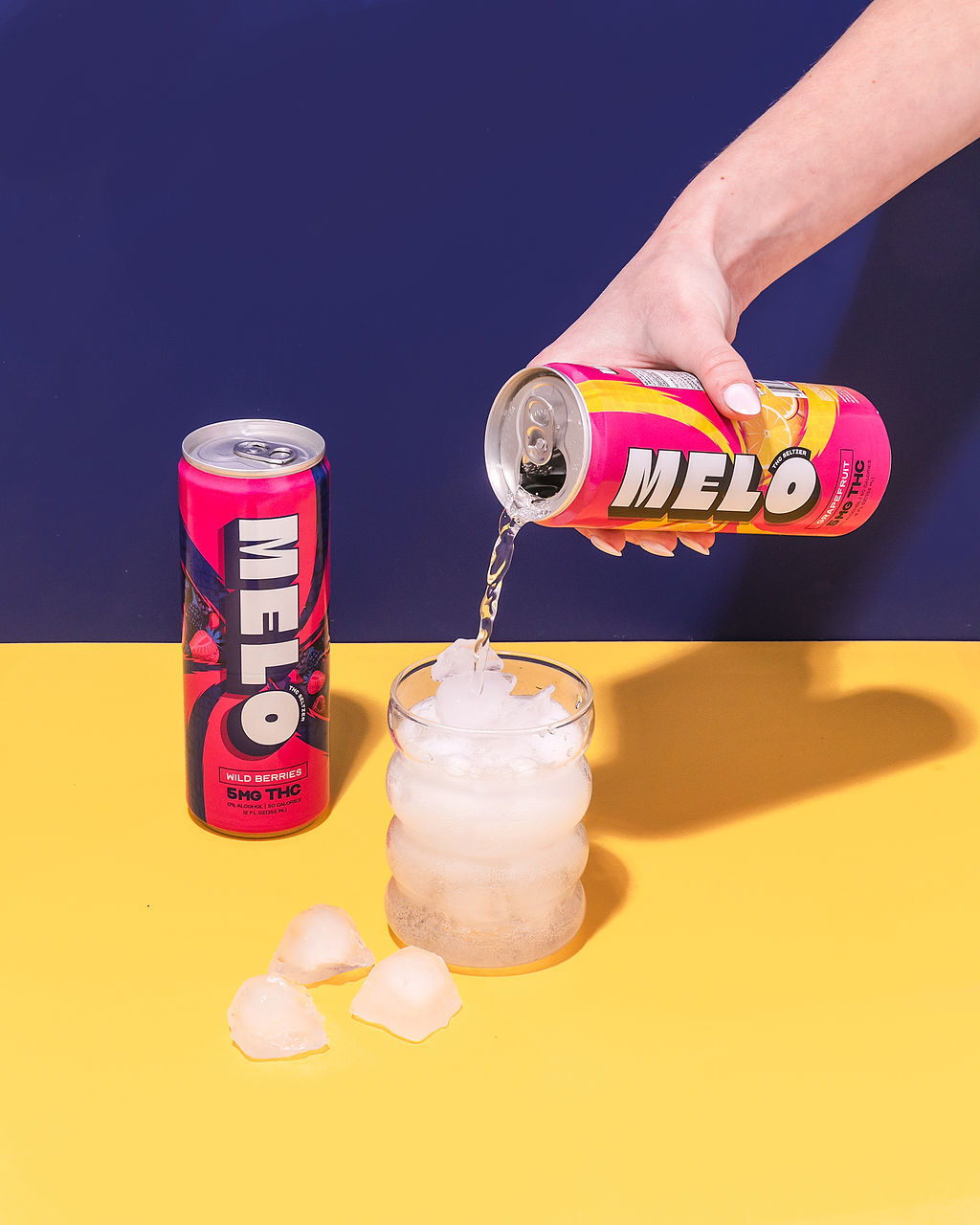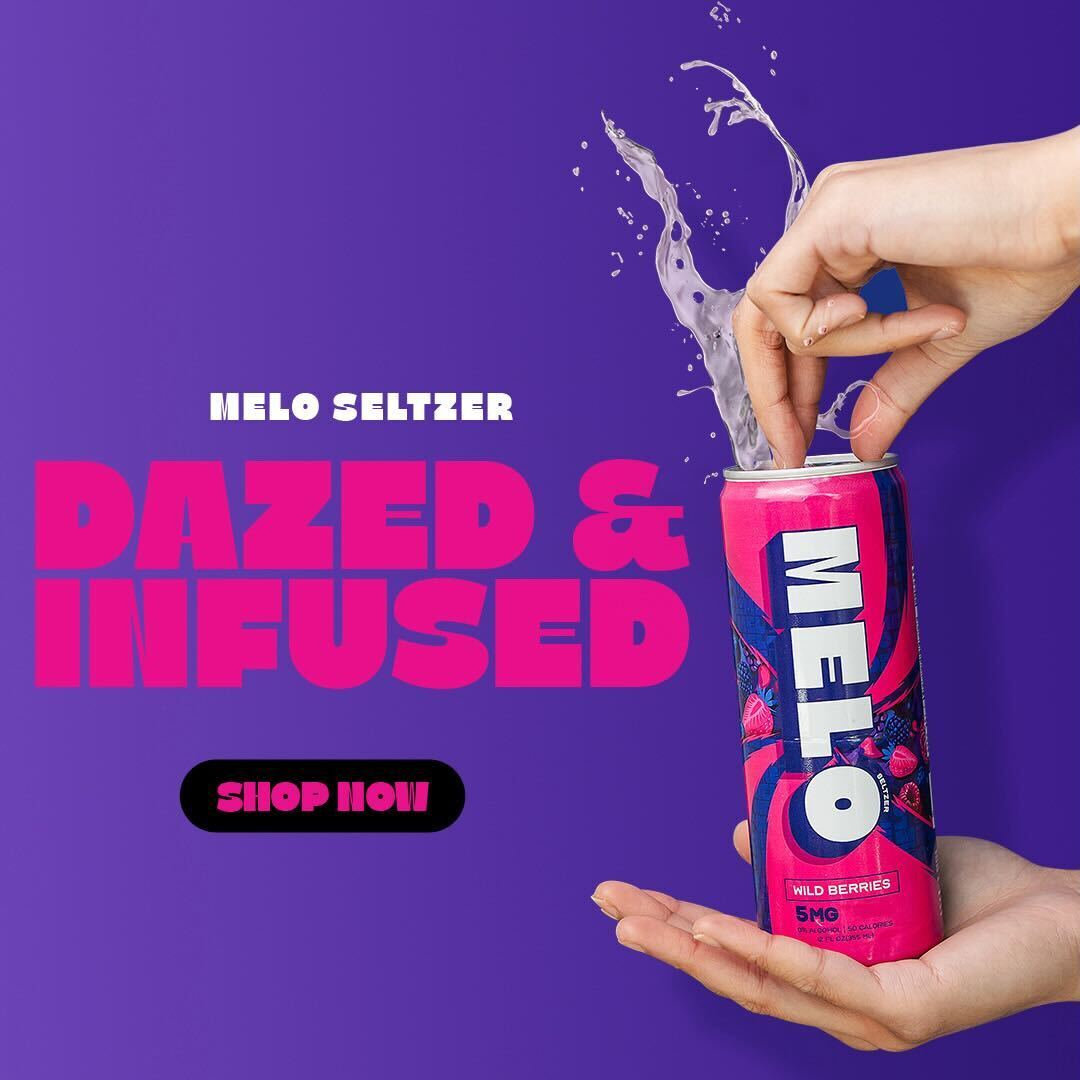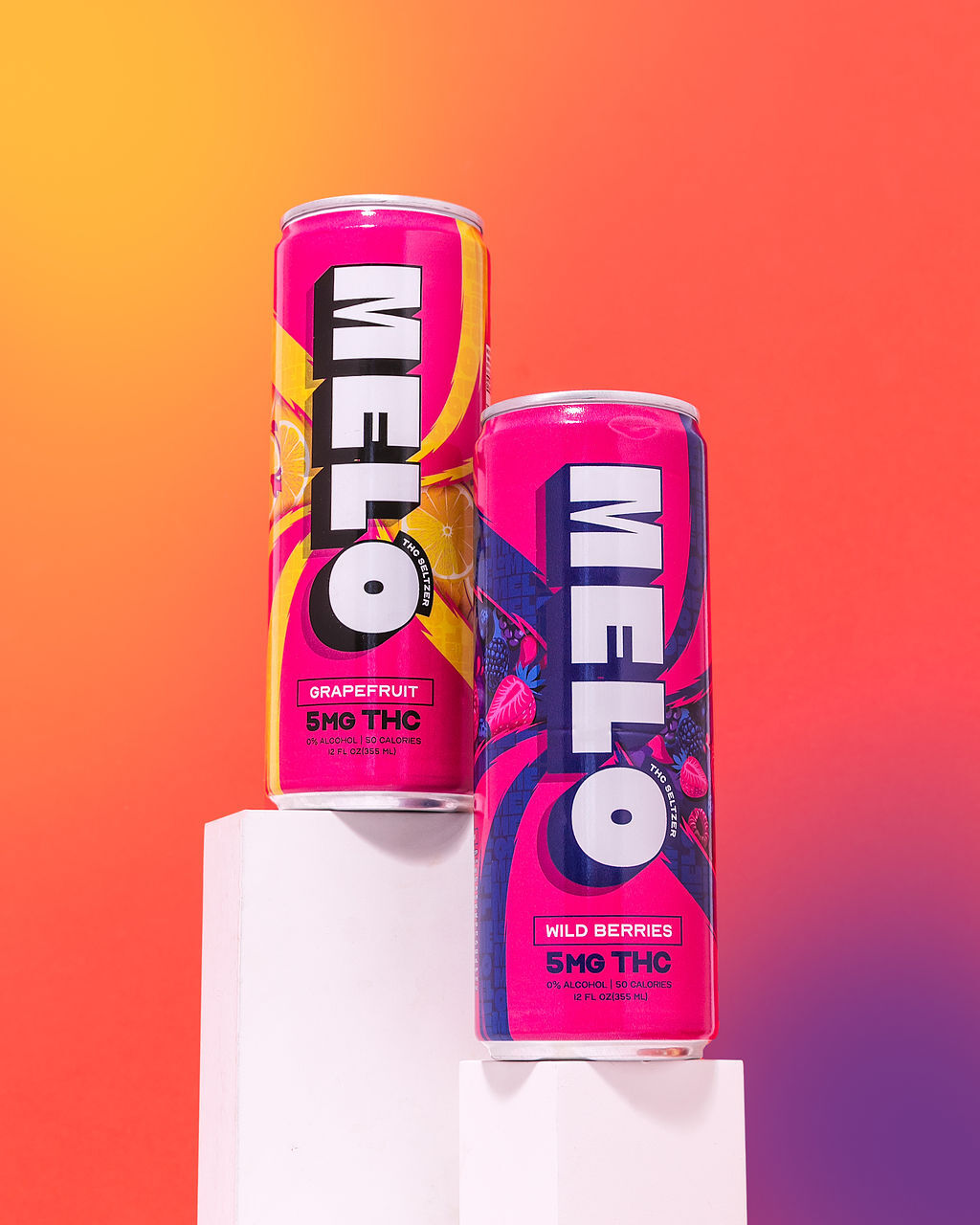Ingredient Selection
Choosing the right ingredients is fundamental to crafting high-quality THC beverages.
THC Source
Cannabis-infused beverages require careful consideration when selecting ingredients. The type of THC source, whether it’s distillate, live resin, or kief, significantly impacts the final product’s flavor profile, potency, and effects. Distillate, a highly concentrated form of THC, offers a clean taste and precise dosing. Live resin, derived from fresh, frozen cannabis plants, preserves more terpenes, resulting in a richer aroma and entourage effect. Kief, the sticky trichomes scraped from cannabis buds, provides a natural, earthy flavor and moderate potency.
Flavoring Agents
Beyond THC source, other ingredients play a crucial role in shaping the overall taste and experience.
Sweeteners like cane sugar, agave nectar, or stevia can be used to balance the bitterness of cannabis, while natural fruit juices and purees add complexity and refreshing flavors. Botanicals such as ginger, lavender, or mint offer aromatic depth and potential therapeutic benefits.
Other Ingredients (e.g., sweeteners, acids)
Acids, like citric acid or malic acid, are often incorporated to enhance flavor and balance the sweetness. They also help with stability and shelf life by preventing microbial growth.
Infusion Process
The infusion process is the heart of creating delicious and effective THC beverages. This stage involves carefully incorporating the chosen THC source into a base mixture that includes sweeteners, fruit flavors, botanicals, and acids. The goal is to create a homogenous blend where the THC is evenly distributed throughout the beverage.
Decarboxylation
The infusion process typically begins by heating the base mixture of water, sweeteners, fruits, botanicals, and acids to a specific temperature.
This heat helps activate the cannabinoids in the chosen THC source, making them more readily soluble in the liquid.
Once heated, the THC source is added to the base mixture and gently stirred for a set period.

The duration of this infusion time varies depending on factors such as the type of THC source, desired potency, and the specific recipe.
Throughout the infusion process, the mixture is closely monitored to ensure the temperature remains consistent and that the THC is evenly distributed.
Decarboxylation, a crucial step in activating THC, occurs during this heating phase.
Raw cannabis contains THCA, an acidic precursor to THC.
Heating the cannabis material (whether it’s distillate, live resin, or kief) converts THCA into psychoactive THC.
The optimal temperature and duration for decarboxylation vary based on the specific THC source.
Extraction Method (e.g., heating, cold water extraction)
Extraction methods play a crucial role in determining the quality and potency of THC beverages.
- Heating: This method involves heating the cannabis material, typically distillate, live resin, or kief, to a specific temperature for a set time. The heat converts THCA (the inactive precursor to THC) into psychoactive THC, a process known as decarboxylation.
- Cold Water Extraction: This gentler approach utilizes cold water to extract cannabinoids and terpenes from the cannabis material. Cold water extraction often preserves more delicate flavors and aromas compared to heating methods.
Mixing and Agitation
The infusion process is a meticulous dance between heat, time, and precise ingredient ratios. Achieving an evenly distributed THC content is paramount for both consistency and potency in each beverage.
Once the base mixture has reached the optimal temperature, the chosen THC source is carefully introduced. This could be distillate, live resin, or kief, each imparting its own unique characteristics to the final product.
Agitation during infusion plays a vital role in ensuring even distribution of the THC throughout the liquid. Gentle stirring or shaking helps break down any clumps and ensures that the cannabinoids are thoroughly dispersed.
The length of time the mixture is infused varies depending on factors like the type of THC used, desired potency, and recipe specifics. Careful monitoring of temperature and agitation throughout the process is essential to achieve a homogenous blend and maximize the extraction of THC.
Filtration and Purification
Filtration and purification are crucial steps in ensuring the quality and safety of THC beverages. After infusion, impurities like plant matter, lipids, and other undesired components need to be removed from the liquid.

Removing Plant Matter
Several filtration methods can be employed to achieve this.
These include cheesecloth straining to remove larger particles, followed by finer filters like coffee filters or filter paper to catch smaller debris. More advanced techniques may involve using specialized membranes that trap even microscopic particles.
Activated carbon filtration is often used to absorb any remaining odors, flavors, or impurities that might affect the taste and clarity of the beverage.
Ultimately, the chosen filtration method depends on the specific recipe, desired level of purity, and available equipment.
Clarification Techniques (e.g., fining agents)
Clarification techniques play a vital role in achieving a clear and aesthetically pleasing final product. Fining agents are commonly used to remove suspended particles that can cloud the beverage.
These agents work by binding to impurities, causing them to clump together and settle to the bottom or be captured during filtration. Examples of common fining agents include bentonite clay, which is effective at removing tannins and proteins, and Irish moss, which helps clarify beverages by promoting coagulation.
The addition of these agents is carefully controlled to ensure they do not negatively impact the flavor or texture of the beverage.
Flavor Enhancement and Adjustment
Flavor enhancement and adjustment are crucial aspects of crafting high-quality THC beverages.
Blending and Flavor Profiling
Choosing the right ingredients is fundamental to crafting high-quality THC beverages.
Cannabis-infused beverages require careful consideration when selecting ingredients. The type of THC source, whether it’s distillate, live resin, or kief, significantly impacts the final product’s flavor profile, potency, and effects. Distillate, a highly concentrated form of THC, offers a clean taste and precise dosing. Live resin, derived from fresh, frozen cannabis plants, preserves more terpenes, resulting in a richer aroma and entourage effect. Kief, the sticky trichomes scraped from cannabis buds, provides a natural, earthy flavor and moderate potency.
Beyond THC source, other ingredients play a crucial role in shaping the overall taste and experience. Sweeteners like cane sugar, agave nectar, or stevia can be used to balance the bitterness of cannabis, while natural fruit juices and purees add complexity and refreshing flavors. Botanicals such as ginger, lavender, or mint offer aromatic depth and potential therapeutic benefits. Acids, like citric acid or malic acid, are often incorporated to enhance flavor and balance the sweetness. They also help with stability and shelf life by preventing microbial growth.
- Flavor Enhancement: Natural fruit juices, purees, extracts, and botanical infusions can be used to create a wide range of taste profiles, from citrusy and tart to earthy and herbal.
- Sweeteners: Cane sugar, agave nectar, stevia, honey, or maple syrup can be used to balance the bitterness of cannabis and enhance sweetness levels.
- Acids: Citric acid, malic acid, or tartaric acid help brighten flavors, balance sweetness, and improve shelf life.
Flavor profiling is a crucial step in developing a unique and appealing THC beverage. It involves carefully considering the interplay of all ingredients to create a harmonious flavor profile that aligns with the desired experience.
Adjusting Sweetness, Acidity, and Other Profiles
Flavor enhancement and adjustment are crucial aspects of crafting high-quality THC beverages.
- Flavor Enhancement: Natural fruit juices, purees, extracts, and botanical infusions can be used to create a wide range of taste profiles, from citrusy and tart to earthy and herbal.
- Sweeteners: Cane sugar, agave nectar, stevia, honey, or maple syrup can be used to balance the bitterness of cannabis and enhance sweetness levels.
- Acids: Citric acid, malic acid, or tartaric acid help brighten flavors, balance sweetness, and improve shelf life.
Flavor profiling is a crucial step in developing a unique and appealing THC beverage. It involves carefully considering the interplay of all ingredients to create a harmonious flavor profile that aligns with the desired experience.
Carbonation and Packaging
Packaging plays a vital role in preserving the quality and safety of THC beverages.

Protecting the contents from light, oxygen, and moisture is essential for maintaining the potency and freshness of the product.
Common packaging materials used for THC beverages include glass bottles, aluminum cans, and Tetra Pak cartons. Each material offers its own advantages and disadvantages in terms of barrier properties, cost-effectiveness, and environmental impact.
Glass bottles are considered the most premium option due to their excellent barrier properties against light and oxygen. They help protect THC from degradation and preserve its flavor profile. However, glass is heavier and more fragile than other materials, making it less suitable for large-scale distribution.
Aluminum cans are a lightweight and durable packaging option that provides good protection against light and oxygen. They are cost-effective to manufacture and transport, making them a popular choice for mass production.
Tetra Pak cartons combine the barrier properties of plastic with the convenience of aseptic processing, which extends shelf life significantly. They are particularly well-suited for ready-to-drink beverages.
Choosing the right packaging material depends on several factors, including the desired shelf life, budget constraints, and the overall brand image.
Carbonation Levels and Methods
Carbonation levels in THC beverages can be adjusted to create a range of sensations, from subtle effervescence to full-bodied fizz. The amount of carbon dioxide (CO2) dissolved into the liquid determines the level of carbonation.
- Low Carbonation: Offers a light and refreshing sensation with minimal bubbles.
- Medium Carbonation: Provides a balanced level of effervescence, creating a pleasant tingling feeling on the palate.
- High Carbonation: Delivers a strong burst of fizz, adding a more intense and invigorating experience.
Methods for carbonating THC beverages typically involve dissolving CO2 into the liquid under pressure. This can be achieved using:
- Carbonation Tanks: Specialized tanks designed to infuse liquids with CO2. The beverage is held under pressure, allowing CO2 to dissolve into the mixture.
- Keg Systems: Used primarily for dispensing larger quantities of carbonated beverages, kegs allow for controlled pressure adjustments to regulate carbonation levels.
Canning or Bottling Procedures
Carbonation levels in THC beverages can be adjusted to create a range of sensations, from subtle effervescence to full-bodied fizz. The amount of carbon dioxide (CO2) dissolved into the liquid determines the level of carbonation.
- Low Carbonation: Offers a light and refreshing sensation with minimal bubbles.
- Medium Carbonation: Provides a balanced level of effervescence, creating a pleasant tingling feeling on the palate.
- High Carbonation: Delivers a strong burst of fizz, adding a more intense and invigorating experience.
Methods for carbonating THC beverages typically involve dissolving CO2 into the liquid under pressure. This can be achieved using:
- Carbonation Tanks: Specialized tanks designed to infuse liquids with CO2. The beverage is held under pressure, allowing CO2 to dissolve into the mixture.
- Keg Systems: Used primarily for dispensing larger quantities of carbonated beverages, kegs allow for controlled pressure adjustments to regulate carbonation levels.
Packaging plays a vital role in preserving the quality and safety of THC beverages.
Protecting the contents from light, oxygen, and moisture is essential for maintaining the potency and freshness of the product.
Common packaging materials used for THC beverages include glass bottles, aluminum cans, and Tetra Pak cartons. Each material offers its own advantages and disadvantages in terms of barrier properties, cost-effectiveness, and environmental impact.
Glass bottles are considered the most premium option due to their excellent barrier properties against light and oxygen. They help protect THC from degradation and preserve its flavor profile. However, glass is heavier and more fragile than other materials, making it less suitable for large-scale distribution.
Aluminum cans are a lightweight and durable packaging option that provides good protection against light and oxygen. They are cost-effective to manufacture and transport, making them a popular choice for mass production.
Tetra Pak cartons combine the barrier properties of plastic with the convenience of aseptic processing, which extends shelf life significantly. They are particularly well-suited for ready-to-drink beverages.
Choosing the right packaging material depends on several factors, including the desired shelf life, budget constraints, and the overall brand image.
Labeling and Compliance Regulations
Labeling and compliance regulations are crucial aspects of producing and selling THC beverages.
These regulations vary widely depending on the jurisdiction, but generally encompass requirements for:
- Clear Product Identification: Labels must clearly identify the product as containing THC, specifying the potency in milligrams per serving.
- Ingredients List: A complete list of all ingredients must be included, with allergens prominently labeled.
- Warnings and Safety Information: Labels should include warnings about potential side effects of THC, including impairment, addiction, and interactions with medications. They may also advise against consumption by pregnant or breastfeeding women, individuals under the age of 21, and those with certain medical conditions.
- Storage Instructions: Information on proper storage conditions to maintain product quality and potency is essential.
- Batch Number and Expiry Date: To ensure traceability and track product shelf life, batch numbers and expiry dates should be clearly displayed.
Compliance with these regulations is paramount for legal operation. Failure to meet labeling requirements can result in fines, product recalls, or even business closure. Manufacturers must stay informed about current regulations and ensure their products adhere to all applicable laws.
Buy cannabis beverages for an easy and enjoyable high
- Nu-Derm Skin System Near Thursley, Surrey - November 1, 2025
- Nu-Derm Skin System Near Felbridge, Surrey - October 30, 2025
- Non-Surgical Liquid Facelift Near Busbridge, Surrey - October 27, 2025
